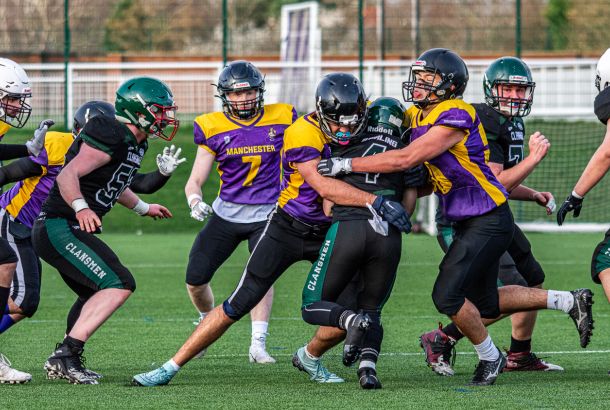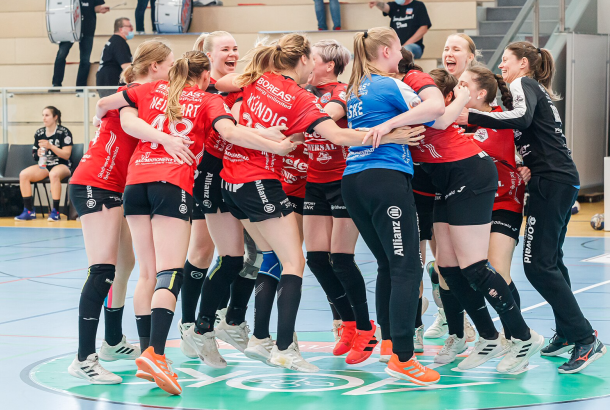‘Top bins’? Down the middle? Giving the keeper the eyes? There are many weapons in a player’s arsenal when it comes to taking a penalty. However, with such variety, are they over-complicating what appears to be a straightforward task? Conversely, are there hidden complexities below the surface of the penalty? Having only played football to a Sunday league level, I don’t claim to know all the answers. Yet, recent events, namely Manchester City’s penalty horror show against Everton a few weeks ago—both De Bruyne and Aguero missed penalties—and Zaza’s catastrophic attempt in the Euro quarter-final in the summer—look it up on the internet, it’s shambolic and utterly hilarious—provoke a fresh consideration of the penalty.
Initially, there are certain maxims that exist in football culture related to the penalty. Every football fan would have heard them painfully reiterated by blithering commentators. Statements like “don’t change your mind on the run-up” and they’ve “put it beyond the keepers’ reach” or “given the keeper the eyes”; if a penalty is saved, the phrase “it was a nice height for the keeper” is usually peddled out. These notions form the fundamental thinking when it comes to taking a penalty.
However, the modern game has added to, and further complicated, the process of taking a penalty. While the chip down the middle may appear highly innovative, the method has been around since 1976, pioneered by Antonín Panenka for Czechoslovakia at the Euros of that year. This method has proved very popular, players both successfully and unsuccessfully emulating it: Pirlo’s decisive chip penalty in the shoot-out against England at Euro 2012 resonates in the memory. The stuttered run-up is a truly modern addition, brought into the game in the mid-2000’s. This method, in which a player will break, sometimes varying breaks in, stride when moving to take the kick, is an offshoot from the ‘feinted’ penalty. The ‘feinted’ penalty, when players could stop, and move back and forth, during their run-up, was rightfully banned in 2010.
Moreover, Goalkeepers have developed responses to modern development: They attempt to impose themselves. They bend the rules, stealing a few yards in front of the goal-line even though laws state that goalkeepers should be on the goal-line when the ball is kicked. Similarly, they employ distraction methods: Manuel Neuer is known to bounce around in his goal, hanging off the crossbar like an orangutan, while Joe Hart has previously taunted the opponent with fake laughter and childish faces.
On the evidence of this season, the complications to the methods surrounding penalty kicks have had a negative effect. The Telegraph reports that only 71% of Premier League penalties have been scored so far this season, the lowest since the 2001/2002 season, while in the Champions League before last week’s games, only six out of 14 penalties had been converted. Neymar’s terrible effort against Manchester City last week was further evidence of the malaise that has overcome European football.
Perhaps goalkeepers have got better at anticipating, and subsequently saving, penalties? In 2014, Brunel University suggested that ‘world class’ goalkeepers have an 80 millisecond head start when it comes to predicting the actions of their opponents, citing minute movements and body signals that provide clues.
It is true goalkeepers do a lot of homework these days, studying videos of future opponents and their penalty tendencies. However, for me, it is the unnecessarily complex methods that players bring to the penalty kick. Attacking players are forgetting that penalties fundamentally favour them. It is a psychological standoff with the goalkeeper: Removing unnecessary complexities would enable clear focus and greater success.
The inflated egos of modern players have spilled over; the penalty kick has become a vanity show, players attempting to show how skillful and alternative they can be. Moreover, they are desperate for the limelight, desperate to score a potentially match-winning goal for the team. Twice already this season, players have argued with teammates over who would take the penalty; Eric Lamela with Son Heung-Min and Alexis Sanchez with Santi Cazorla. In both cases, the subsequent penalty was missed.
The penalty kick has been unnecessarily over-complicated by modern footballers. Alan Shearer and Matt Le Tissier were experts when it came to penalties: Shearer converting 62/74 (Premier League and international) and Le Tissier converting 48/49. Both maintain that simplicity is the key. On his method, Le Tissier stated “I stuck it in the corner, and if the keeper went the right way it was hard enough to beat him,” while Shearer’s emphasis was on “stay[ing] in control of the situation.” The adage goes ‘if it ain’t broken don’t fix it’. When it comes to penalties, modern players should follow the lead of Shearer and Le Tissier: drop the complexity and the rewards will follow.







